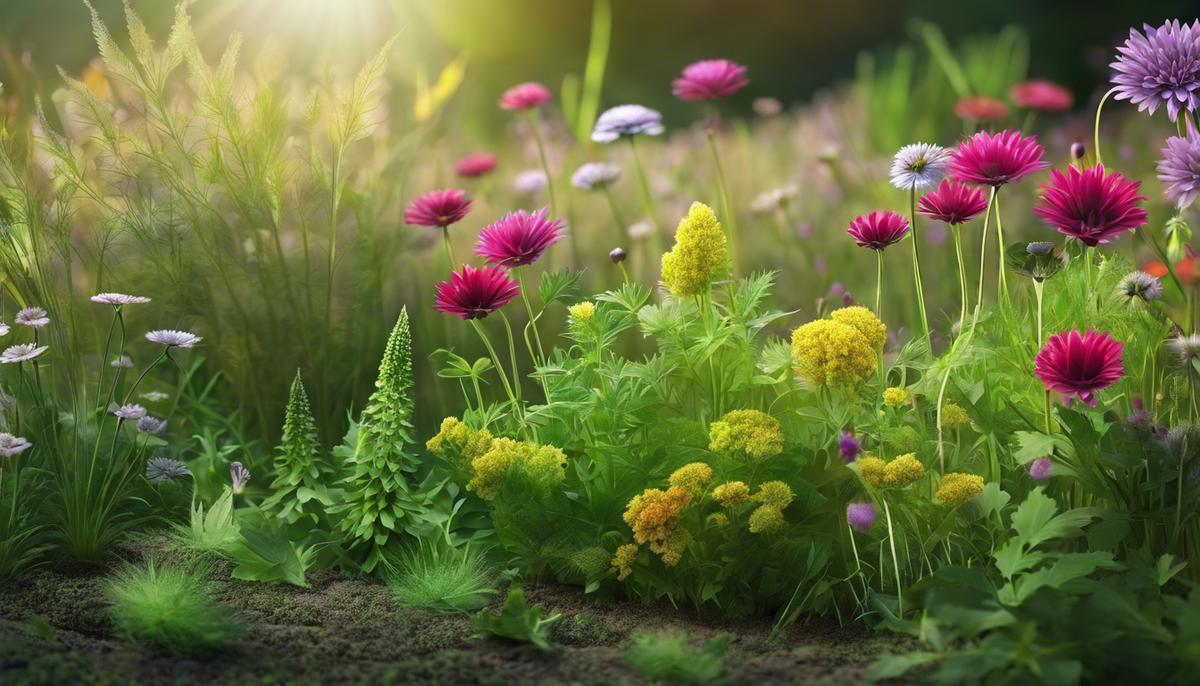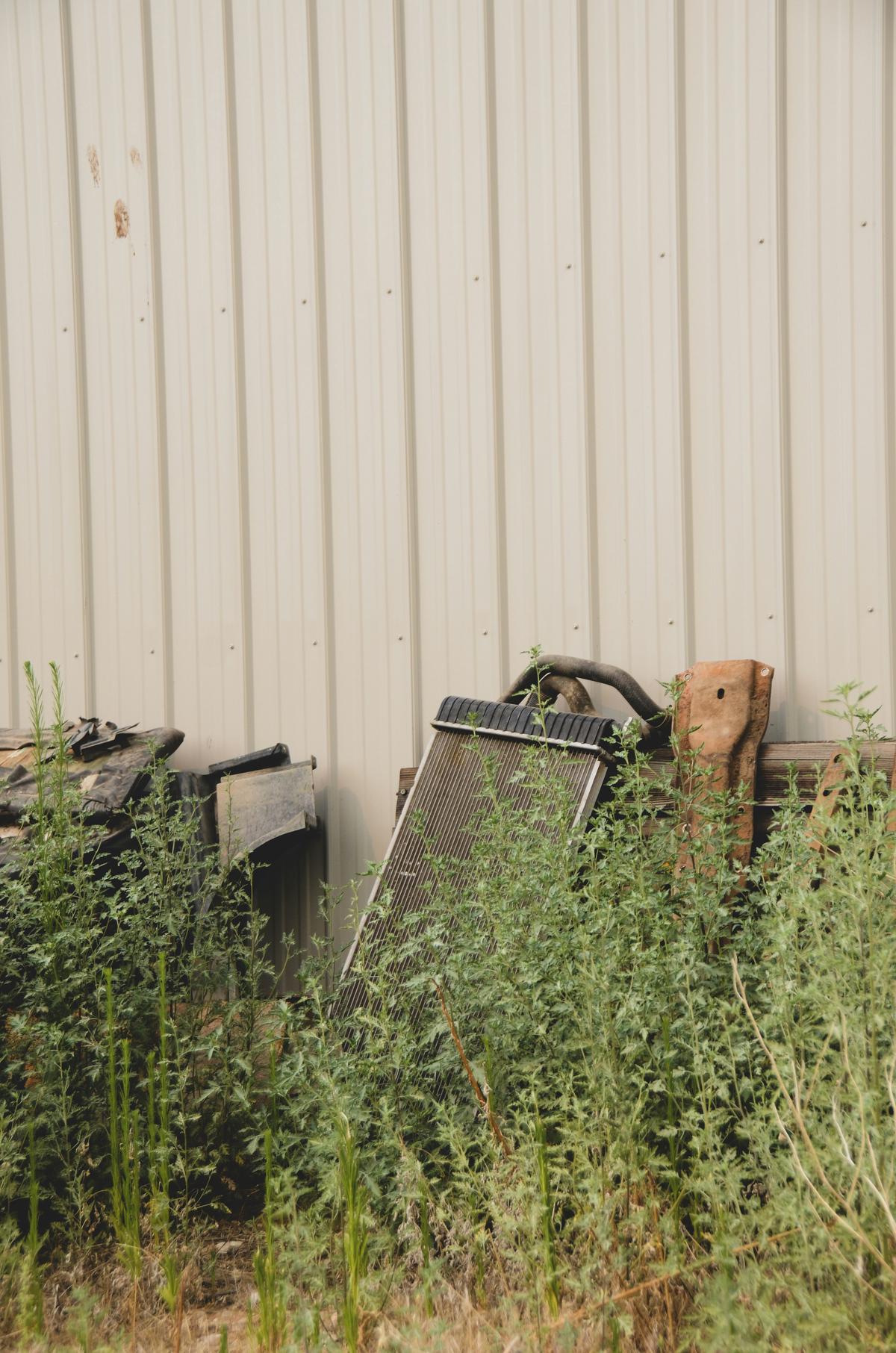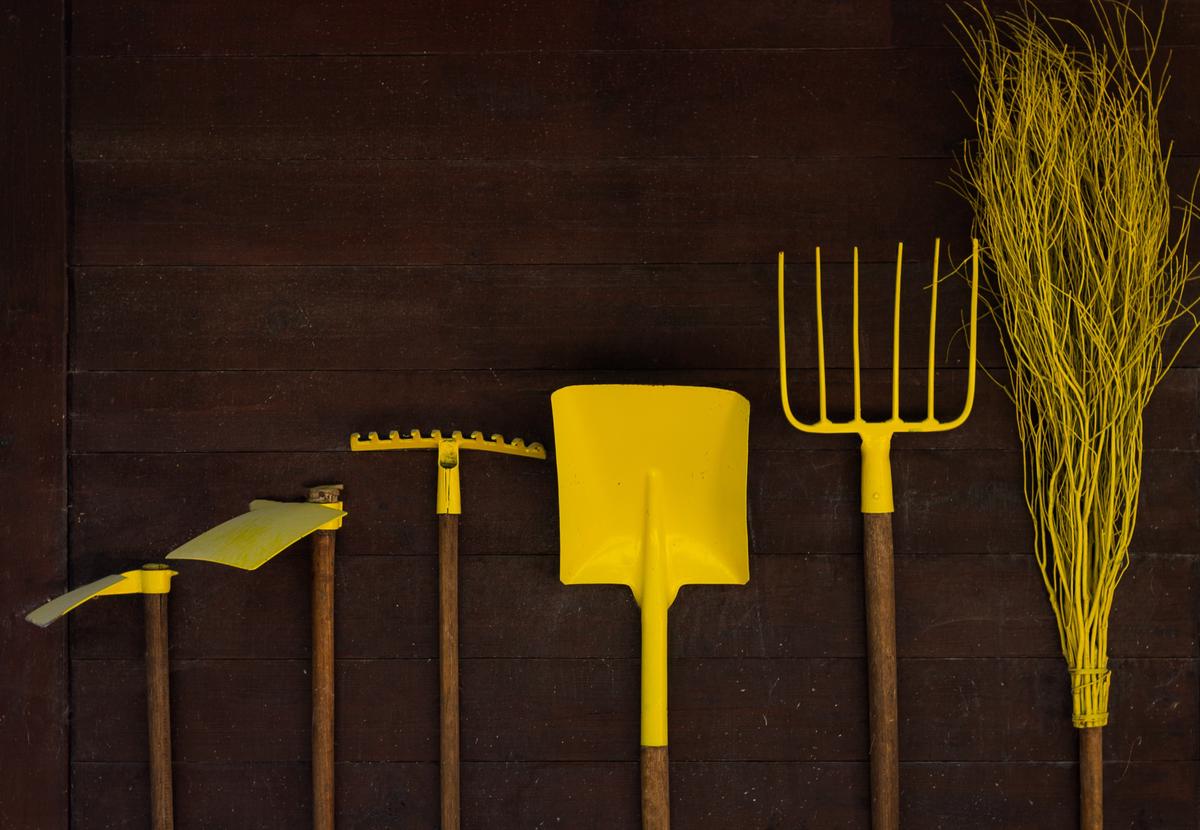The Definitive Guide to Weed-Free Flower Beds

There is something truly captivating about a well-tended flower bed flourishing with color and life. However, making that idyllic image a reality involves an ongoing battle against nature’s more insistent elements – weeds. Recognizing the invasive and harmful nature of weeds, their intricate lifecycle and their effect on your beautiful flower beds is the first step on your journey to combat these unwanted intruders. Furthermore, understanding the nuances of weed management in flower beds as opposed to other areas of your garden will equip you with valuable insights. This will ensure your flower beds continue growing healthy and vibrant without the detrimental impact of these pesky invaders.
Understanding Weeds and Flower Beds
Understanding the Destructive Nature of Weeds in Flower Beds and Mastering Their Prevention
Stepping into the lush, vibrant world of flower gardening, bubbling over with a fantastic array of colors and scents, brings an almost meditative joy. Yet, lurking below this grand tableau of beauty lies a hidden adversary that challenges our horticultural happy place. Yes, we’re talking about weeds!
Weeds have a notorious reputation for being both persistent and incredibly destructive to your meticulously cared for flower beds. Let’s delve into exactly how weeds wreak havoc on our colorful oases and, most importantly, uncover expert strategies to keep these unwelcome invaders at bay.
Weeds are more than just an eyesore; they play the spoiler by edging out flowers for vital resources such as nutrients, sunlight, and water. They have a natural vigor that often allows them to grow faster, reproduce more prolifically, and survive harsher conditions than our cherished blooms. So, when weeds make a home in your garden, they’re not the kind of neighbor that shares – they ruthlessly take what they need and leave your flowers struggling to survive.
Additionally, certain types of weeds can release chemicals that inhibit the growth of other plants. This phenomenon, known as allelopathy, puts your flowers at a further disadvantage. Moreover, weeds can shelter pests, providing a convenient bridge for them to cross over and invade your precious blooms.
Now that we’ve outlined the draconian ways of weeds, let’s pivot to the practical, effective strategies that will help keep them in check in your flower beds.
- Regular Weeding: The simplest, yet surprisingly effective, method is regularly pulling out weeds by hand. Remove them completely, including the roots, to prevent them from growing back.
- Mulching: Mulch is the enthusiastic gardener’s secret weapon against weeds. By creating a barrier on top of the soil surface, mulch can discourage weed growth while keeping the soil moist and cool for your flowers.
- Plant Densely: Weeds are the embodiment of the phrase, ‘nature abhors a vacuum.’ If there’s space, they’ll seize it. Counter this by planting your flowers densely to leave less room for weeds to take root.
- Regular Watering: But water wisely! Focus your watering on your flowers, not the spaces between them. Weeds need water to grow. If they’re not watered, they will struggle to survive.
- Use Weed Control Fabrics: This is a weed deterrent, quite similar to mulch but made from a breathable material that allows air, water, and nutrients to pass through. It functions by creating a physical barrier against weed growth.
- Soil Health: Healthy soil supports healthy plants. The stronger your flowers are, the better they can compete with weeds.
Remember, the war against weeds in your flower beds is more a test of endurance than a one-time battle. Continual, consistent prevention measures are needed for lasting success. With these expert strategies, your blooms will be awe-inspiring, making it all worth it in the end. Happy weeding!

Photo by courtneysmith on Unsplash
Weed Prevention Measures
The Use of Localized Weedkillers: The Next Course of Action
One of the most effective and underutilized methods of weed prevention happens to be localized weedkillers. These herbicides, designed to only affect the unwanted plants, result in minimal damage to the desired plants, allowing for non-invasive weed control. There’s an array of weedkillers available explicitly tailored for flower beds on the market, making it easier than ever to select one that suits your particular circumstance. Be it combating perennial, annual, or biennial weeds, rest assured, there’s a perfect weedkiller out there. Remember, always read the product label and instructions carefully before use and adhere to the recommended safety precautions.
Plant-Compatible Ground Covers for Weed Suppression
A natural, decorative, weed-resistant measure to consider includes the use of plant-compatible ground covers. Now you may ask, what exactly does this mean? Well, think of low-growing, flowering plants that spread effortlessly and cover the soil. Examples could include creeping thyme, sweet alyssum, or creeping phlox. These ground covers can suppress weed growth by taking up the space, blocking light that the weed seeds need to germinate, and therefore, offering an ecological resolution without the need for chemicals.
Implementing Weed Barrier in Conjunction with Mulch
It is true that we have already mentioned the use of mulch as it is an effective, go-to method for the majority of garden enthusiasts. However, combining it with a weed barrier becomes an extra shield that keeps weeds at bay. These barriers, once laid over the soil and secured, prevent the germination and growth of weed seeds. On top of it, applying a layer of mulch not only make the barrier more visually appealing, but it also helps retaining soil moisture and temperature.
Intercropping and Companion Planting
Adopting the old agricultural technique of intercropping is another fantastic approach to weed prevention. This involves planting a different type of plant between your blooms. Intercropping is beneficial because it alters the microclimate in your flower bed – it may reduce light, change soil nutrients, or even exude substances that deter weed growth. Marigolds and garlic, for example, are renowned for their ability to repel certain types of weeds and pests.
On the other hand, companion planting, a slight variation on intercropping, involves planting flowers that are beneficial to each other. This method aids not only in weed prevention but also enhances flower growth.
Organize Organic Weed Suppressants
Finally, an additional powerful weapon in your arsenal against weeds, organic weed suppressants. Everyday items found in your kitchen like cornmeal, vinegar, or even boiling water can be used effectively in the battle against unwanted plants.
In summary, each of these methods comes with its dos and don’ts, so it’s crucial to do your research before applying any new technique in your flowerbed. The main takeaway here is to not lose heart, keep experimenting, and remember that preventing weed growth in your flower beds is not a one-time task, but a labour of love and commitment to gardening. Happy planting!

Photo by frankiefoto on Unsplash
Weed Removal Techniques
Stepping into a world beyond the standard weed-fighting arsenal, one discovers a realm where creativity and practicality meet. The chess game against weeds indeed necessitates a strategic mind: knowing when a defensive or offensive stance is required, what tools fall in-hand, and how every piece move affects the board are essential skills. Let’s delve deeper into the varied strategies that effectively curb weed growth.
The benefits of using chemicals selectively should never be undermined. Localized weedkillers like weed sticks and gel pots target the lungs of the weed, attacking the leaves without decimating everything in their path. These precision tools spare desired plants and direct their rage exclusively to the unwelcome guests, making them a formidable ally in the battle against weeds.
Diverse ground covers and weed barriers synergistically serve to quash the weed intrusion. A ground cover like creeping thyme or sweet woodruff, for instance, subsists comfortably with other flower species, providing an additional layer of defense against weeds, whereas a weed barrier cloth or plastic, when matched with the utility of mulch, thwarts weed growth at the root level.
Weed management can also veer towards more intertwined and cooperative solutions, like intercropping and companion planting. By covering more ground and leaving minimal bare space, intercroppings reduce weed settlement chances. Similarly, companion planting exploits the natural defense mechanisms of certain plants, warding off weeds alongside pests. Marigolds planted in a flower bed, for instance, release chemicals detrimental to weed growth.
Harnessing universally available, mundane products often discarded as waste, too, underscores the innovation in weed prevention. Newspapers, for instance, make an excellent weed barrier, broken down by earthworms over time, leaving nutrient-rich castings behind. Similarly, a vinegar-and-dish soap mix works wonders as a homemade organic weed killer.
The world of weed prevention strategies is expansive. The awe-inspiring realm urges a tailor-fit, rather than adopting a cookie-cutter approach. It beckons a gardener to immerse into research, trial, and experiment every testable strategy, fleshing out the potency of every weed-fighting tool in their arsenal. Thus, remember, in the war against weeds, it is the innovator, the experimentative hand, and the thoughtful strategist that eventually reigns triumphant.

Photo by lmfeliciano on Unsplash
Decisive action and a good grasp of preventive and reactive weed management strategies can make a significant difference in your flower bed’s health and appearance. Armed with the knowledge of different weed prevention measures, utilizing such techniques as adopting weed-resistant plants, ensuring proper watering and pruning practices, soil preparation and mulch use, you will be better prepared to keep weeds at bay before they become an issue. Additionally, should weeds still find a way into your flower bed, understanding the most effective removal techniques, whether manual or through organic or chemical means, will enable swift action, ensuring your flower beds continue to thrive. Let this newfound understanding guide you in maintaining the beauty and vitality of your flower beds as you work in harmony with nature.



